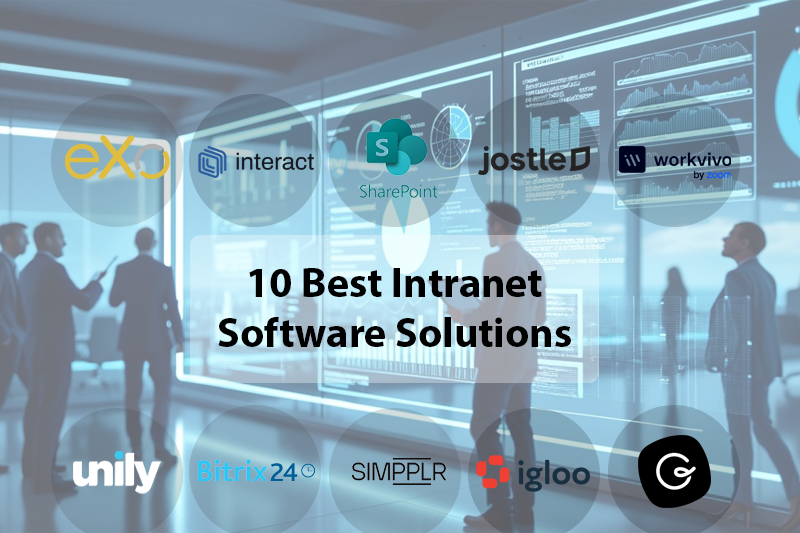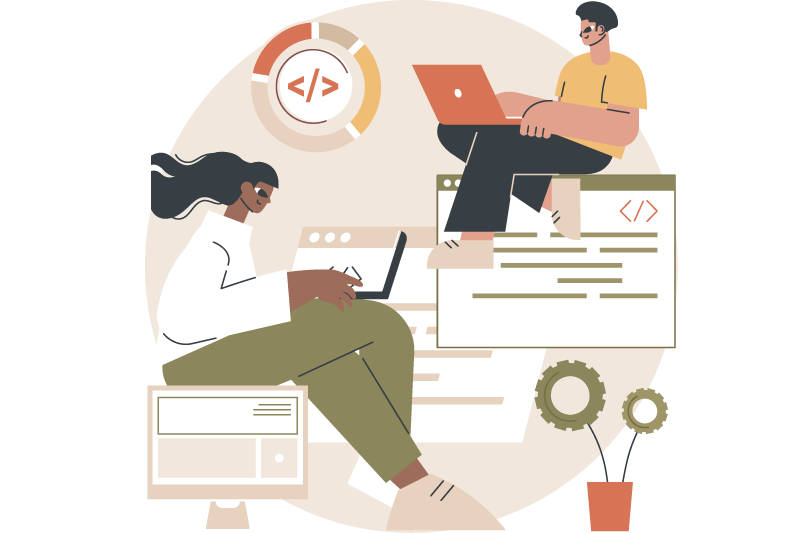- Brahim Jaouane
- November 14, 2019
How the IoT is shaping the workplace of the future
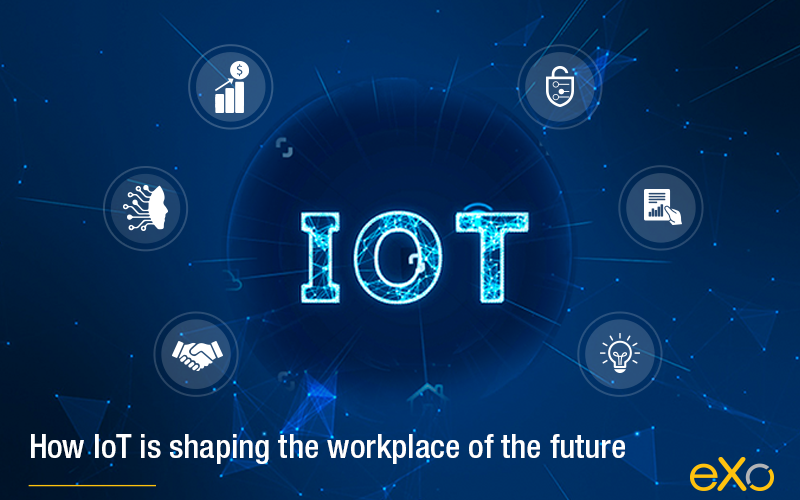
Content
1. What is the Internet of Things?
The business world is increasingly adopting the IoT to streamline processes and improve efficiency. Both the intranet of things and the industrial internet of things (IIoT) are terminologies associated with the adoption of IoT within businesses. In short, both models rely on the use of smart machines and data analytics to extract valuable information that can be used to enhance manufacturing and industrial processes. The main difference between the internet of things (IoT) and the industrial internet of things (IIoT) is their usage and target audiences. The IoT targets the general public with solutions, like home appliances and smart cars, while the IIoT is used for industrial and manufacturing purposes, like supply chain management and automation.
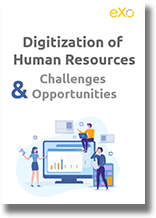
FREE WHITE PAPER
2. How the IoT is reshaping the workplace
" Global spending on the IoT is on pace to reach $745 billion this year, a rise of more than 15% over 2018 "
Countless benefits are associated with the introduction of the IoT within businesses. Obviously, improving industrial and manufacturing processes and reducing operational costs represent the main reasons businesses are adopting the IoT. IoT combined with cloud MRP software can do wonders to the manufacturing process. However, below we explore the benefits the IoT can bring to employees and office life.
Easy access to information
Promote flexible hours and remote working
Make the intelligent workplace a possibility
Building management systems, iot management, government fleet management software, repurposed smart home appliances and business-specific IoT devices represent the backbone of a modern workplace.
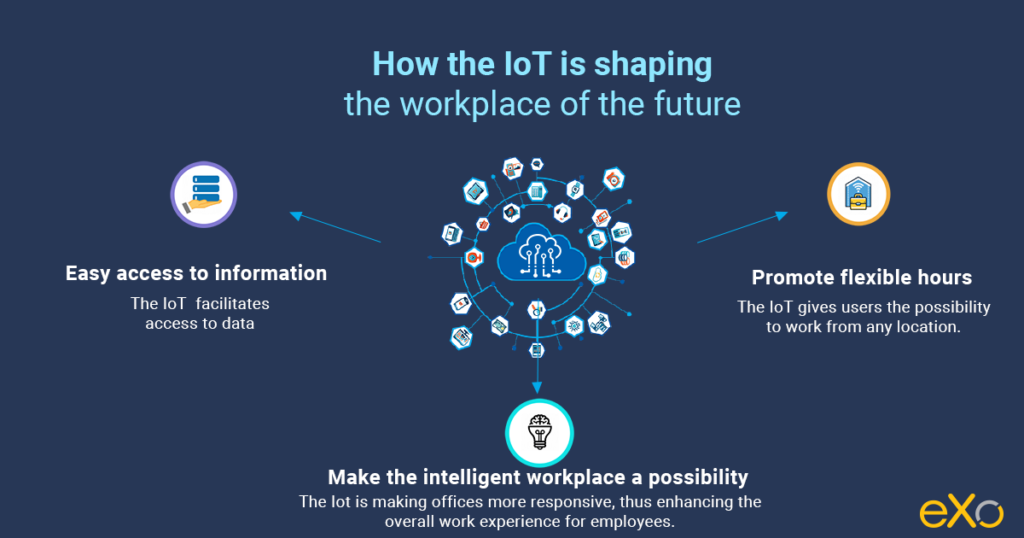
engagement and performance
- Tags: Future of work, workplace, Industry trends
Related posts
- All
- eXo
- Digital workplace
- Employee engagement
- Open source
- Future of work
- Internal communication
- Collaboration
- News
- intranet
- workplace
- Knowledge management
- Employee experience
- Employee productivity
- onboarding
- Employee recognition
- Change management
- Cartoon
- Digital transformation
- Infographic
- Remote work
- Industry trends
- Product News
- Thought leadership
- Tips & Tricks
- Tutorial
- Uncategorized
Leave a Reply
( Your e-mail address will not be published)

